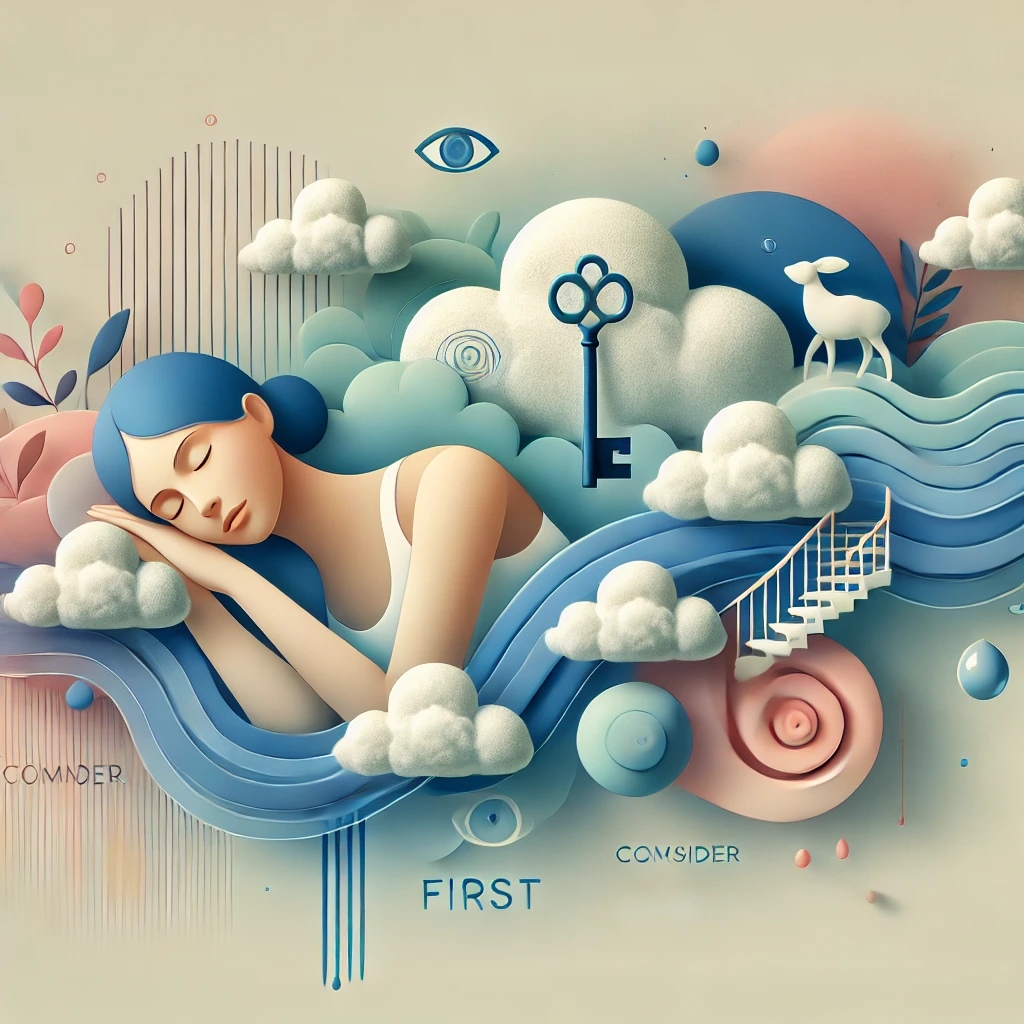If there’s any such thing as a shortcut to finding dream meaning, this is it. The majority of dreams convey meaning using one of just a few forms of symbolism. So, chances are that your dream symbol represents something in your life or mind in one of the following ways, which you’ll begin to recognize as you interpret more dreams. When searching for a symbol’s meaning, always consider these most common forms of symbolism first.
Literal Translation
If the dream symbol (person, event, object, action, setting, etc.) exists in your real life, it might represent that actual element of your waking life. For example, your mother who was hugging you might represent a particular time she hugged you, or her affection toward you in general. Consider whether the dream symbol might represent the same thing in your current life, past, or imagined future, and whether your feelings about the dream symbol remind you of feelings you felt about something in your real life (perhaps recently).
Emotions
The emotions you feel regarding the dream symbol are probably the same as the emotions you feel about whatever the symbol represents in your real life. For example, if you feel overwhelmed by a swarm of insects in a dream, the swarm might represent your to-do list that feels overwhelming in real life. (See Also: more about emotions in the Emotions symbol category.)
Abundance or Lack
A dream symbol can represent something that you feel you have too much of, do too much of, or want less of in your real life. Alternatively, your dream symbol could represent something that you feel you lack, do too little of, or want more of. If your dream contained a pleasant experience (such as relaxing on a beach), your subconscious mind could be pointing to your desire for more relaxation in your life. If your dream was unpleasant (such as someone judging you), your subconscious mind may have been focused on trying to avoid that kind of experience in real life.
Personal Symbolism
A dream symbol may convey meaning that you personally associate with it based on your experiences, feelings, and other influences (as described in Subconscious Influences on Dream Symbolism). For example, one person might associate a baby with vulnerability and someone else might associate it with growth.
A particular dream symbol may bring more than one meaning to mind for you. For example, money might bring to mind how fun it is to spend, but you might also think of money as power or a solution to financial problems. If the first meaning that comes to mind doesn’t seem to relate to anything in your real life and doesn’t resonate intuitively, explore additional meanings (TOOL: Caveman Explanation is helpful for this).
Importance
The symbols you tend to notice in a dream are often the most important ones. So a good place to start when exploring your dream is with the symbols that stood out. Symbols may stand out because they’re so huge you can’t miss them (like a boulder falling on your house) or they could be small details that happen to stand out in your mind (like the chipped rim of a teacup). Sometimes an important symbol is highlighted in the dream with a bright color, illuminated with light, pointed to with an arrow, or emphasized in some other way.
Urgency
If there’s a sense of urgency involved in the dream, the dream might represent an urgent matter that you feel needs attention in your real life (or one that you fear or imagine needing attention). For example, a dream about trying to put out a fire at work could point to a real-life problem that arose suddenly at work that you feel requires quick action to avoid catastrophe.
Subject Context
A dream might be about you or it could represent your perception of a friend or a recent situation—even in the media, on TV, or in a movie. For example, in a dream about a girl wearing a cheerful flowered dress, the girl could represent a happier version of yourself or your desire to feel more cheerful. Alternatively, she might represent a friend who was in a happy mood when you saw her yesterday, an upbeat song you just heard, or an optimistic character you saw in a TV show last night.
Time Context
A dream symbol could represent something in your past, present, or imagined future. Look for elements that bring to mind a particular time frame, either in the characteristics of the symbol itself or in the other things associated with it in the dream (people, activities, clothes, places, music, books, etc.). Time-related cues could include things like hair or clothing styles, a person appearing younger or older than their current age in real life, technologies of a different era, or personal cues such as the cowboy boots you wore at age seven.
Emotional Exaggeration
When a dream portrays a real-life situation that’s particularly emotional for the dreamer, sometimes the situation shows up as exaggerated in the dream. In other words, the subconscious mind may amplify the real-life situation, “making a mountain out of a molehill,” expressing how strongly you feel about the dream’s subject matter. For example, if in real life you saw a baby snake in your yard, and you’re very afraid of snakes, the snake might show up in a dream as a huge serpent attacking you. So, consider whether a particular dream symbol could represent a similar but less extreme situation in your waking life, about which you feel strong emotion.

